Pilates has foundational similarities with swimming in terms of training philosophy and muscle prioritization.
Pilates is good dry-land method of training for swimmers. It involves strengthening and stabilizing the muscles primarily used for swimming: the core/abdominals, lower back, glutes, and leg muscles.
This article will explain the foundational similarities between swimming and Pilates. It will also illustrate the various ways Pilates can help swimmers address common mechanical issues that hinder their performance.
Foundational Similarities Between Swimming and Pilates
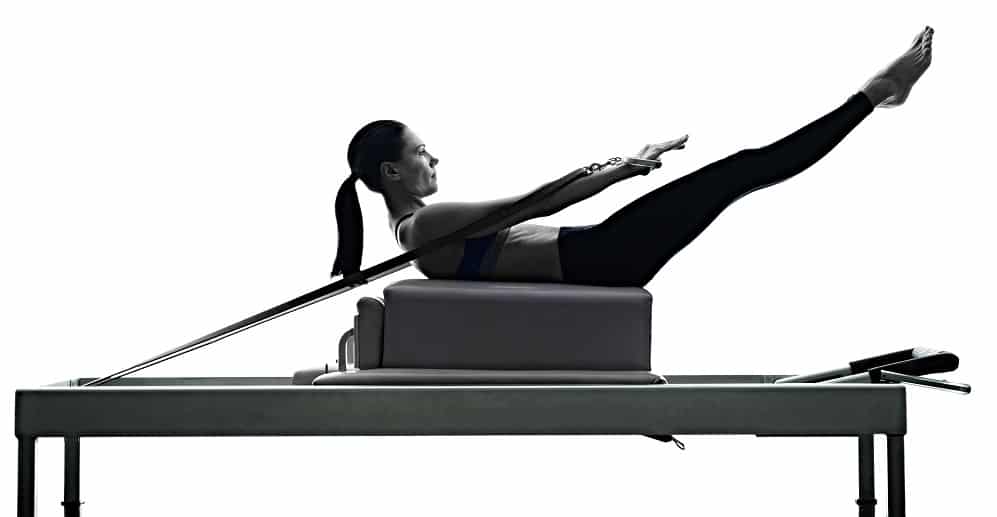
Importance of Breathing
One of Pilates main focuses in on the efficiency of breathing. Pilates works to increase oxygen transmission to the body by expanding lung capacity as well as improve stamina, mechanical rhythm, and concentration.
In swimming, efficient breathing allows swimmers to achieve proper rhythm to support the muscles. It incorporates breathing from multiple spaces around the rib and lung area to absorb more air and release during forward strokes to enhance power and save energy.
The breathing technique in Pilates and swimming, which harmonizes movement and breathing, teaches swimmers to exercise relaxed breathing to augment the strength of the core muscles, maximize oxygen flow to the limbs, and minimize energy consumption.
Strengthening the Core Region
A stable core enables swimmers to use their limbs synchronously to propel themselves forward. Olympic swimmers are known for their grace of movement when swimming, which is attributed largely to their core strength.
Pilates complements swimming because of its strength in enhancing the core region. Pilates exercises stretch and strengthen the traverse abdominal (TA), which aid in improving the upper and lower body’s muscular endurance and stability. Enhancing the smaller core muscles prevents overcompensation of the larger core muscles during strenuous, repetitive movement.
Pilates and swimming converge on the principle of fluidity of movement through good core strength. A good, strong core allows swimmers to execute their movements with precision and control. It is essential in maximizing the swimmer’s energy output and also avoiding muscle strain and injury.
Efficiency of Movement
Enhancing core muscles also improves the efficiency of movement. Efficient movements use energy optimally, allowing an individual to do more repetitive actions.
Endurance for stroke repetition is crucial in swimming. Without efficiency of movement, the pectoral muscles and shoulder blades can potentially sustain muscle strains or injuries due to lack of support from other muscle groups in the body.
Both swimming and Pilates incorporate every part of the body during exercise. While swimming is a back extension exercise and Pilates is a more forward flexion-type of exercise, both exercises use multiple muscles working synchronously to facilitate efficiency of movement.
Efficiency of movement in swimming manifests through streamlining movements. The objective is to move as much water as possible while incurring the least drag. Fulfilling both objectives means swimming faster and longer.
Efficiency of movement is also related to endurance. More efficient movement means less build-up of lactic acid in the muscles and less pain during and after exercise.
How Swimmers Can Benefit from Pilates
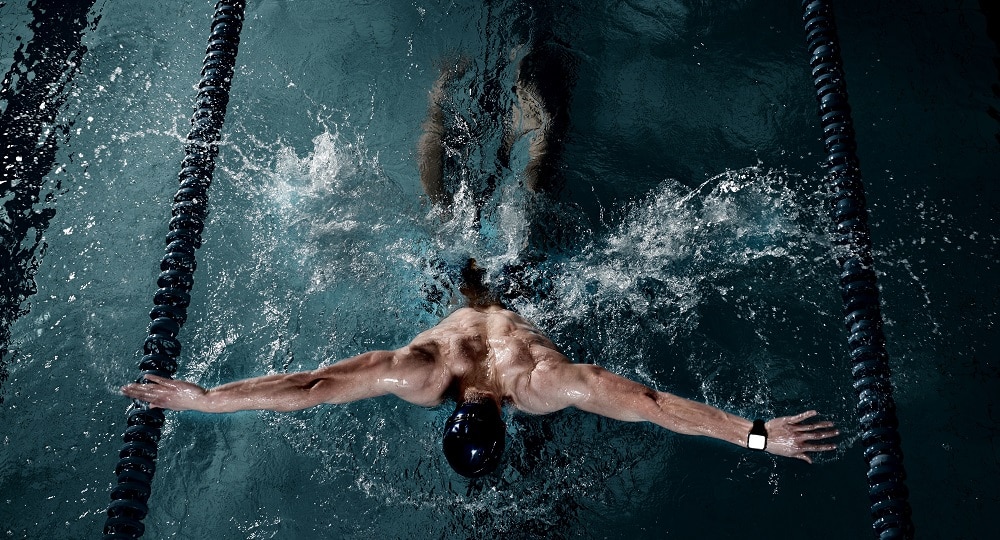
Avoid Injury
Pilates exercises allow swimmers to avoid muscle strains and injuries. For swimmers, the shoulders are the most prone to injury because of the constant and repetitive engagement of the shoulder blades during strokes. These mobilizing muscles, as well as the joints, can sustain injury without strong, supportive stabilizing muscles.
Pilates can help improve the body’s stabilizing muscles, starting with the core, to maximize the power of the shoulders and upper back without straining.
It can help address the inefficiencies in movement that encourages overcompensation on the upper back and shoulder muscles for more propulsion.
Improve Flexibility and Range of Motion
Pilates exercises stretch the muscles to improve flexibility. These exercises can help swimmers achieve wider and stronger strokes.
By training the small muscles around the gluteal, hamstring, and core regions, swimmers will be more able to connect the movements of the arms and legs for stronger forward propulsion.
Another effect of Pilates training in achieving wider strokes is improved range of motion and joint flexibility. Better range of motion helps the joints stretch further and allow swimmers to recognize tiny adjustments in their movement that can help them control and adjust their strokes for better mobility.
Achieve Symmetry
Some of the most common problems for swimmers include stiffness in the back and spinal muscles; overuse of the shoulder blades; and reduced efficiency of the gluteal muscles, calves, and lats.
A lot of these problems can cause sub-optimal adjustment in form, which reduces streamlining of movement underwater and increases drag.
Swimmers with sub-optimal symmetry often have problems swimming in a straight line. Swimmers rarely recognize their asymmetry in their body until its manifested through swimming.
Pilates training can help swimmers balance the strength among the various muscles groups especially the shoulder and back muscles.
Pilates exercises engage the various parts of the body in multiple positions to stretch and lengthen the muscles in all directions. Pilates also exposes the weaker muscles in the body and trains these muscles to achieve better symmetry.
Improve Speed
Former Olympic swimmer Dana Torres said that the core is crucial to swimming faster. Pilates aids in achieving better symmetry, range of motion, and efficiency of movement through training core strength, which all contribute to the increase in speed and in streamlining movement to achieve optimal form and minimize underwater resistance.
Pilates can increase swimming speed by facilitating the synchronous movement of the limbs as well as the hips and the lower back for better propulsion.
Improve Muscle Endurance
Pilates can also help swimmers increase muscle endurance by reducing tightness and strains on the hamstring and calf muscles, which often occurs due to overcompensation for weak gluteal muscles. Without strong glutes, the calf muscles take on most of the work in propelling the body underwater.
Pilates can help awaken under-utilized muscles in the core, back, and legs to assist in muscle recruitment during swimming. These smaller, under-utilized muscles can reduce the load on the larger muscles and increase endurance when swimming.
Final Thoughts
Pilates is suitable as dry-land training for swimmers to enhance their core strength, endurance, and range of motion.
Pilates can also fix certain disproportionalities in the musculature that hinder efficient swimming.



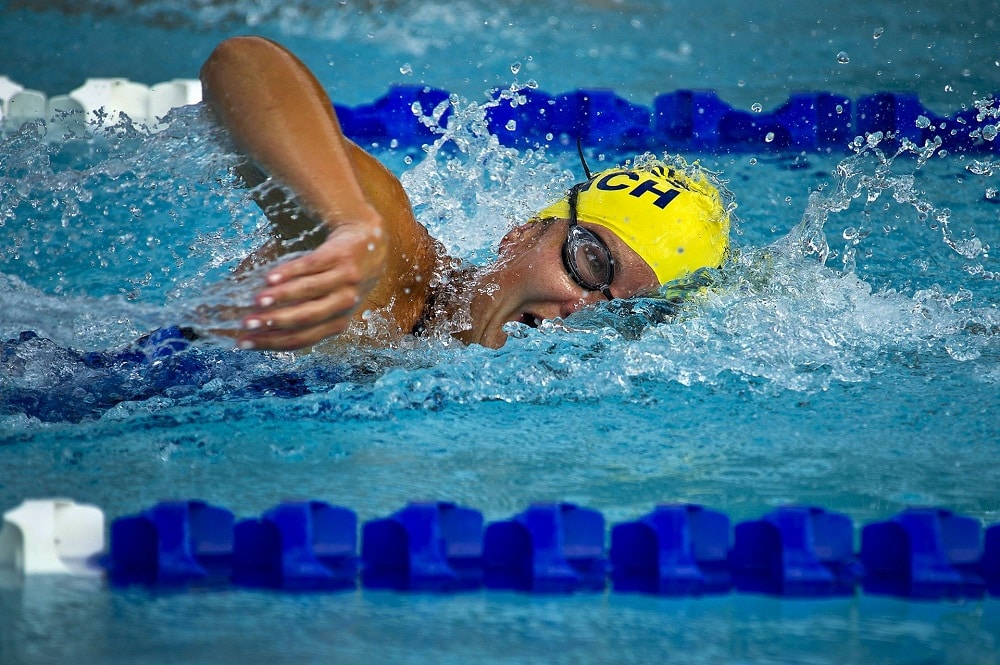


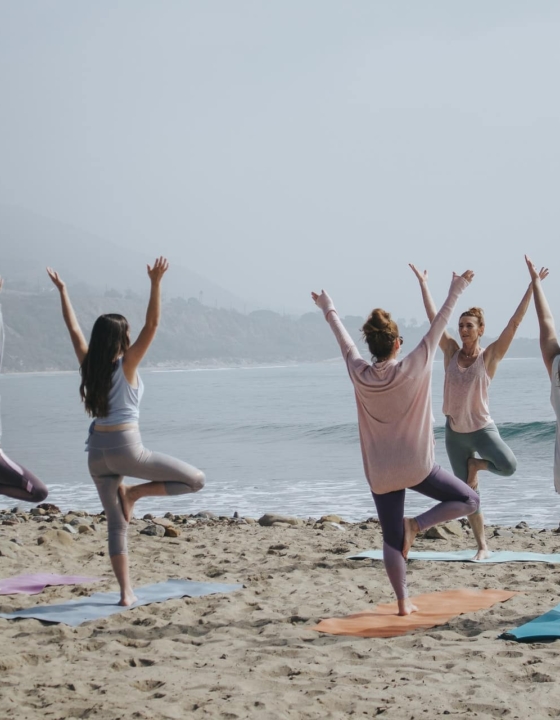
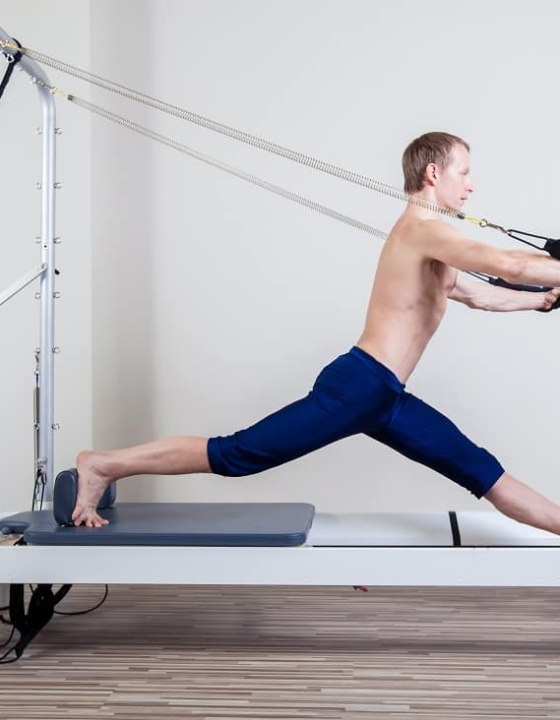
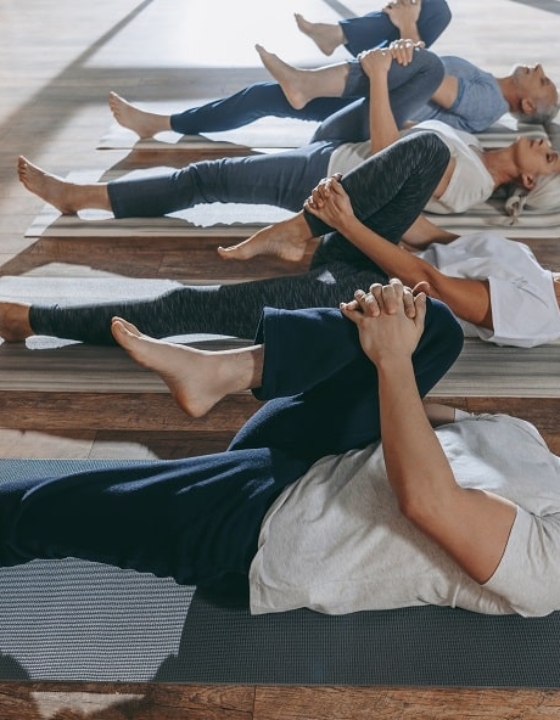
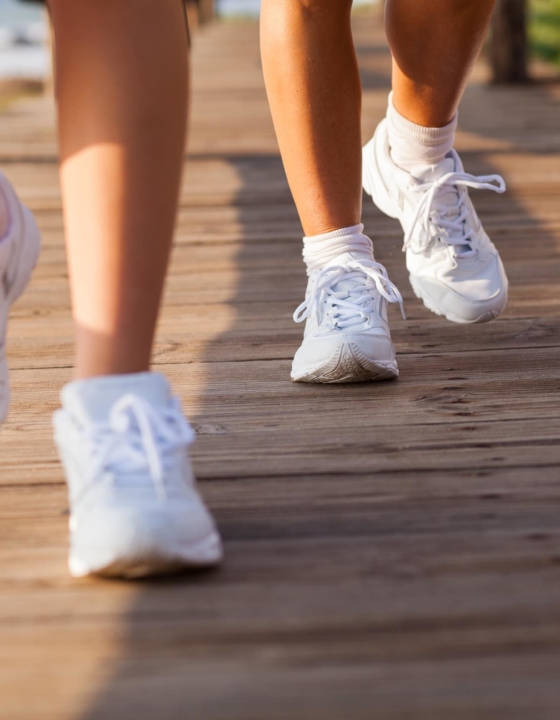
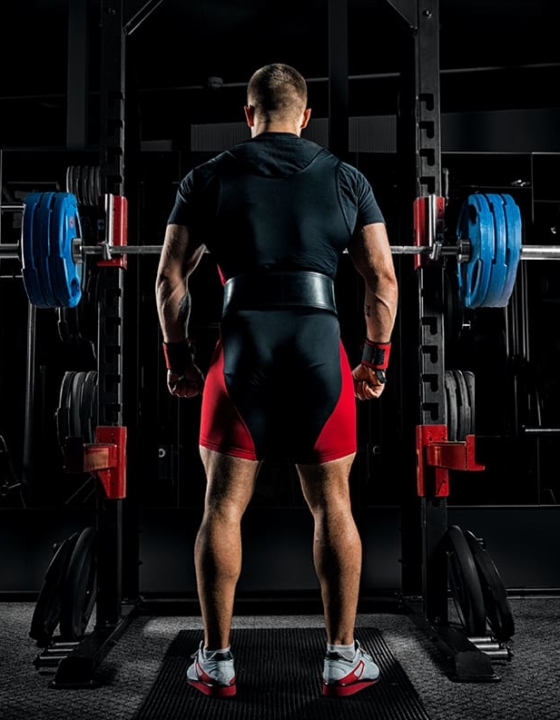
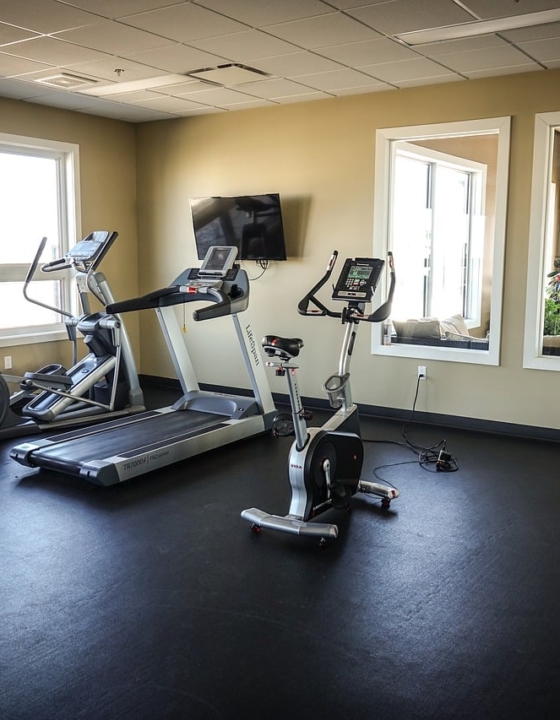










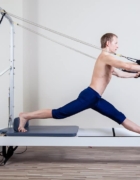
What do you think?